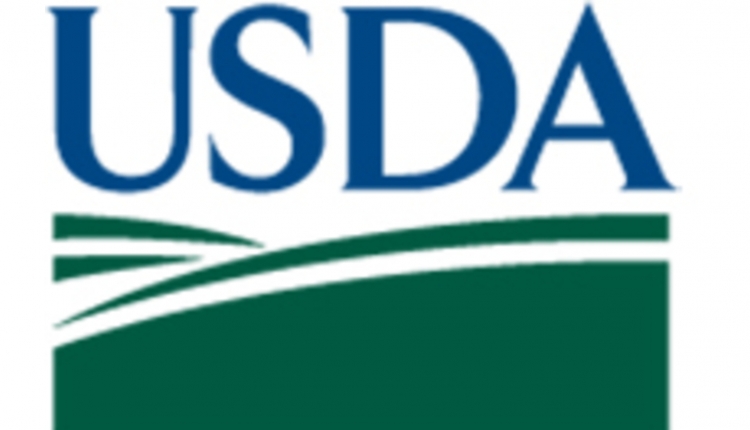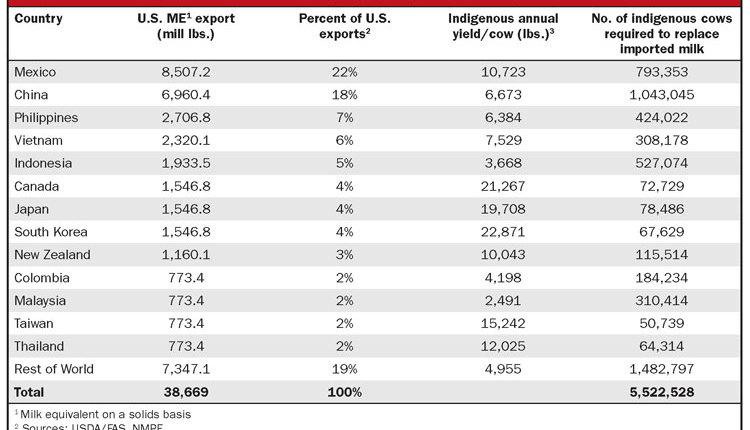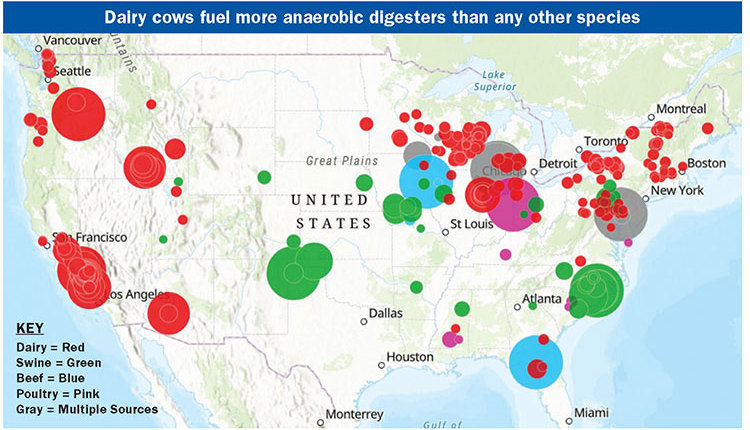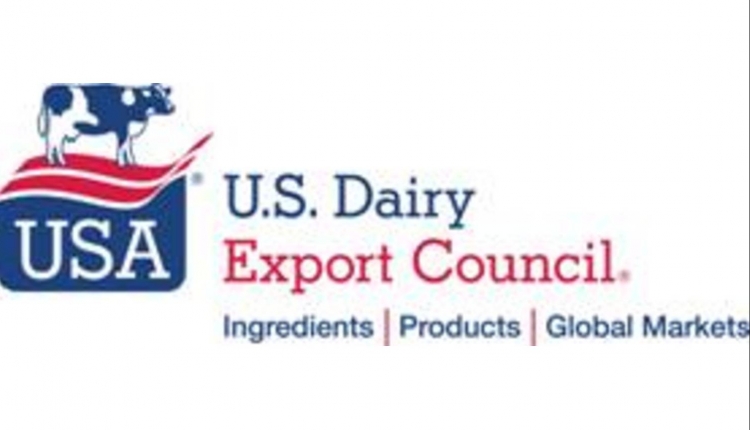Realizing that dairy farmers had lost all faith in the tired Margin Protection Program for Dairy (MPP-Dairy), Congressional leaders retired the program’s name and rebranded its signature dairy program as Dairy Margin Coverage (DMC). That was just the start of the complete engine overhaul.
The new DMC expands margin insurance choices for farms of all sizes. As a tip of a hat to struggling farms in smaller herd size categories, the new farm bill offers deeply discounted premium rates for the first 5 million pounds of milk each year. Based on average national milk production of 23,000 pounds per cow, that’s roughly a 220-cow dairy.
For starters, the premium rates at the $4 per hundredweight (cwt.) margin protection are free to all farms . . . regardless of herd size . . . for simply signing up. Those rates climb upward from 2.5 to 15 cents for coverage ranging from $4.50 all the way up to the $9.50 per cwt. level. When compared to the previous dairy title, the $8 margin coverage level is 63 percent cheaper than it was in the 2014 Farm Bill.
As a further enticement to apply for protection, Congress reduced premiums an additional 25 percent at all coverage levels for those dairy producers who sign up for the entire length of the new farm bill. These provisions allow dairy farmers to purchase strengthened protection to insure against low milk-margin periods.
The new DMC program also expands margin insurance choices for dairy farms of all sizes. By allowing farmers to sign up in 5 percent increments — from 5 to 95 percent — larger farms can insure a portion of their milk at the reduced premiums on their first 5 million pounds of milk.
More importantly for larger farms, the new farm bill removes the restriction of simultaneously participating in both Gross Margin Insurance Program for Dairy (LGM-Dairy) and the margin coverage now known as DMC. To emphasize this point, Congress will allow producers to reapply for the previous MPP-Dairy protection for months in 2018 they were locked out due to participation in LGM-Dairy.
Knowing the MPP-Dairy didn’t work, Congress will allow dairy farmers who originally participated in the program to claim a premium refund, less any payouts already received by the dairy operation. A producer who dedicates this repayment to future DMC coverage qualifies for a 75 percent refund. For those who prefer to receive a check, a 50 percent refund will be made by the federal government.
Dairy margins are different around the country due to variation in feed prices. Congress received that message loud and clear from its constituents. For the first time, the farm bill’s dairy title now considers adjustments to cost of production. That being the case, milk margins will consider the price for top-quality alfalfa in the top five dairy states.
This, too, is just the beginning. Congress has instructed the Secretary of Agriculture to study the relevance of all costs incurred on U.S. dairy farms. Congressional leaders went further and signaled out corn silage’s relationship to the cost of corn grain.
The new farm bill also establishes a Milk Donation Program that makes it easier for producers, cooperatives, and processors to offer milk to food banks. Federal funds help cover the difference between the lower value assigned to donated milk and Class I payments made to dairy farmers. In 2019, $9 million will be available for the program and $5 million each year thereafter.
In addition, Congress tweaked the Class I Mover by making it the simple average of Class III (cheese) and Class IV (butter powder). It added an extra 74 cents to the formula to balance the payment equation on beverage milk.
Congress has done about as much as possible for dairy farmers, given budget constraints and Beltway politics. The combination of lower premium costs, added flexibility in production history, and higher margin protection levels should result in a far more effective safety net program.
We realize that all dairy producers would be much happier if we had profitable milk prices. Since that is not the current reality, everyone who milks cows for a living should take a lengthy look at the new DMC and determine how it might fit into their farm’s business plan.











